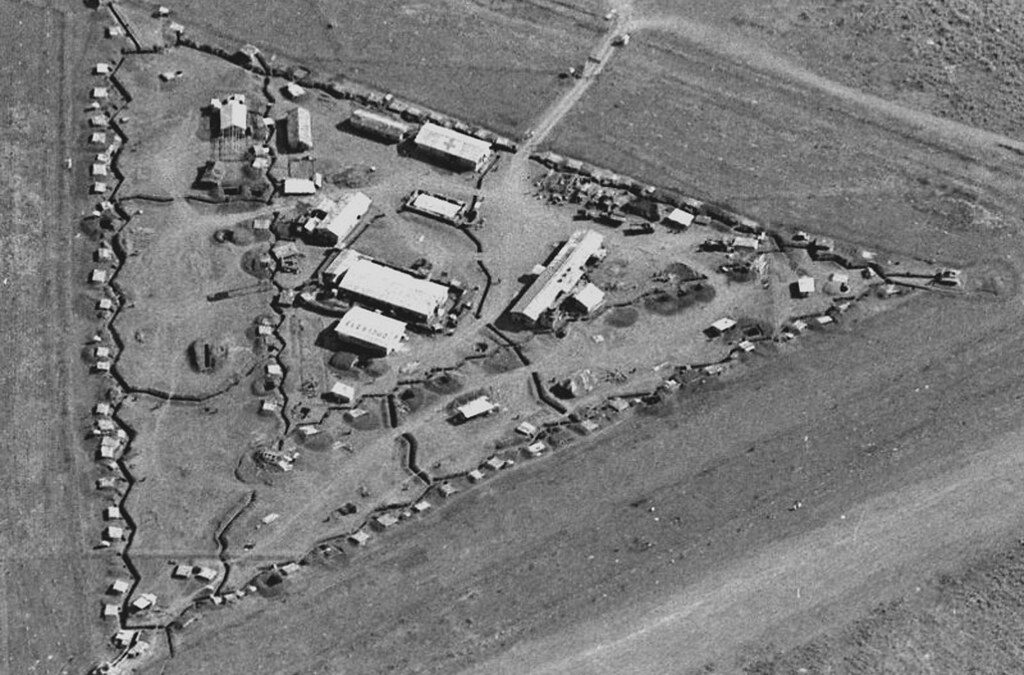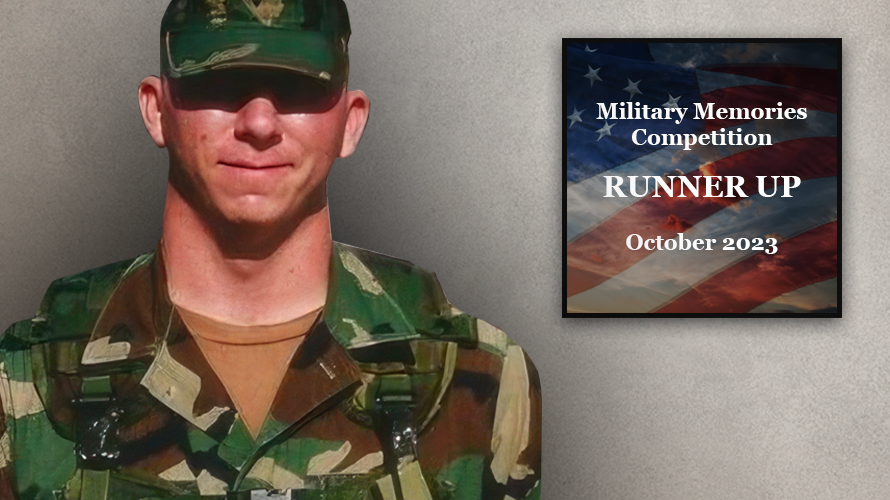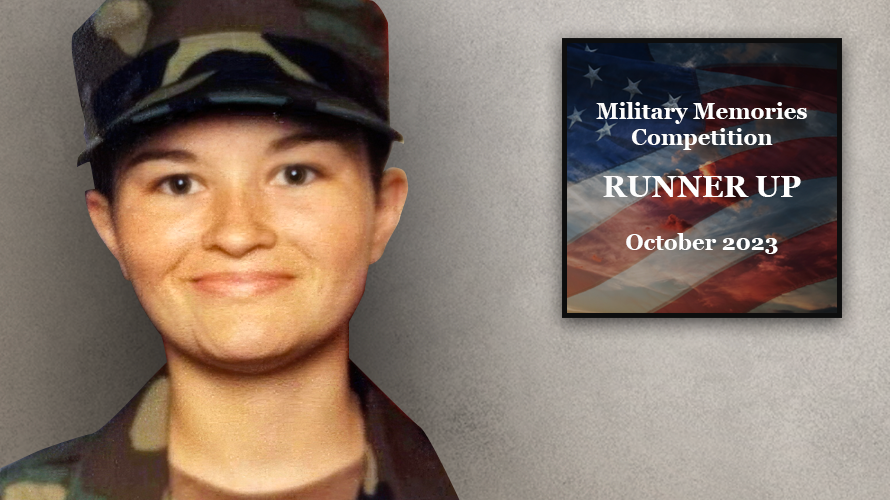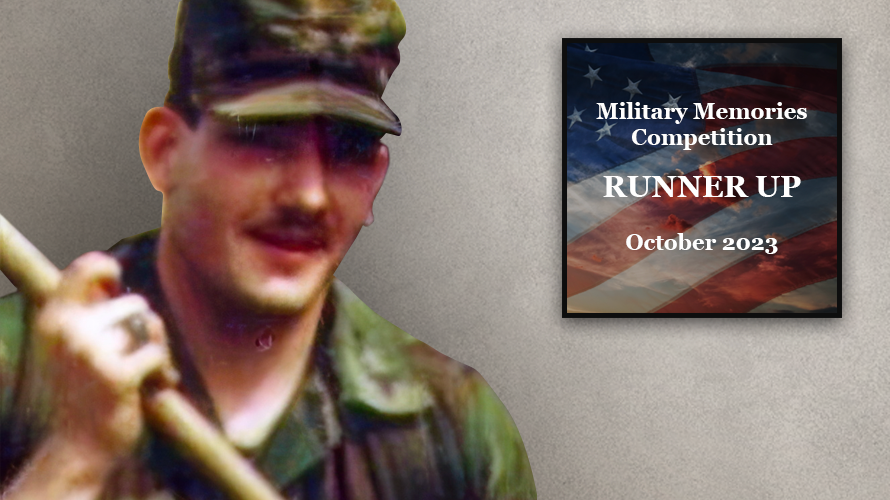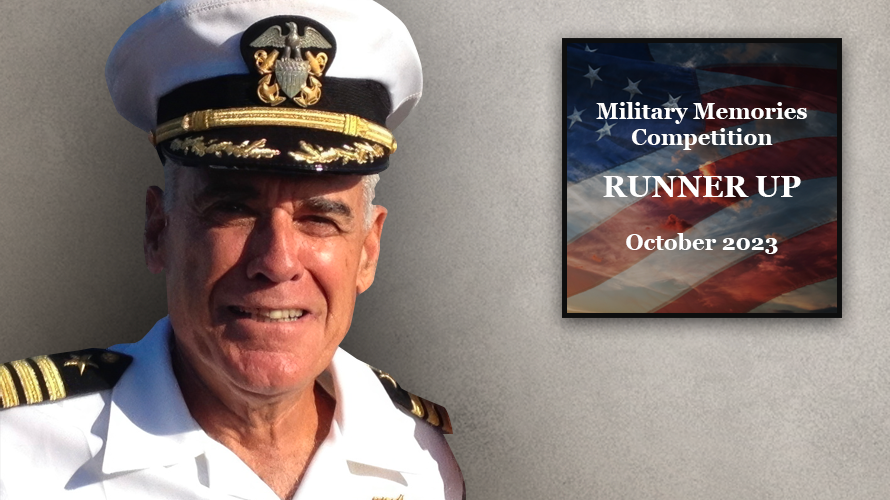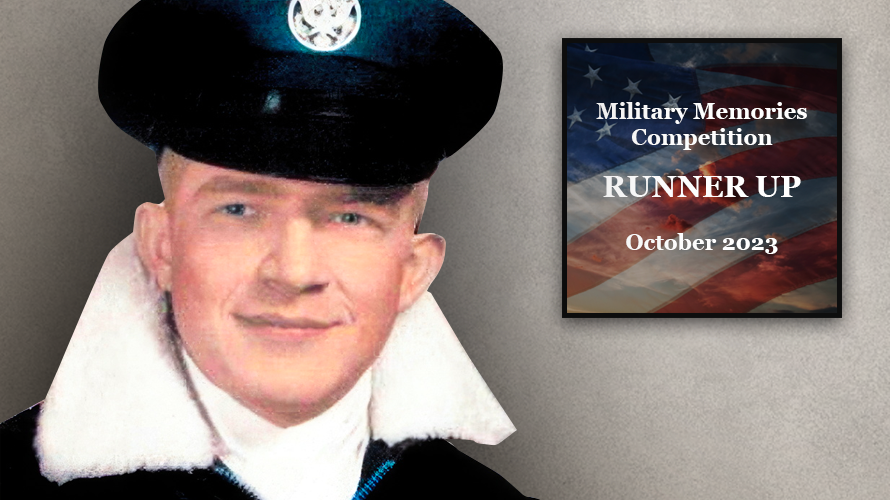On November 26, 1950, 10,000 men of the First Marine Division, along with elements of two Army regimental combat teams, a detachment of British Royal Marine commandos and some South Korean policemen were completely surrounded by over ten divisions of Chinese troops in rugged mountains near the Chosin Reservoir. Chairman Mao himself had ordered the Marines annihilated, and Chinese General Song Shi-Lun gave it his best shot, throwing human waves of his 120,000 soldiers against the heavily outnumbered Allied forces. A massive cold front blew in from Siberia, and with it, the coldest winter in recorded Korean history. For the encircled allies at the Chosin Reservoir, daytime temperatures averaged five degrees below zero, while nights plunged to minus 35 and lower. Jeep batteries froze and split. C-rations ran dangerously low and the cans were frozen solid. Fuel could not be spared to thaw them. If truck engines stopped, their fuel lines froze. Automatic weapons wouldn't cycle. Morphine...



